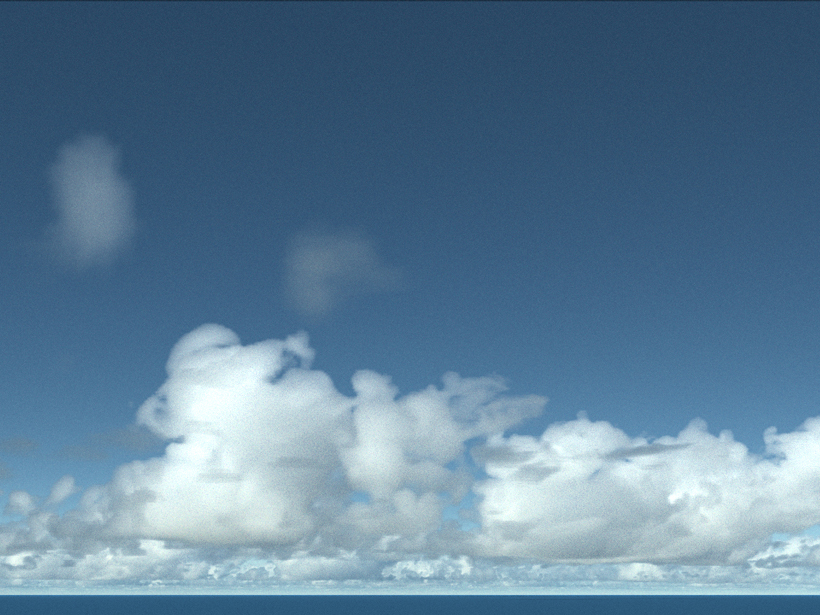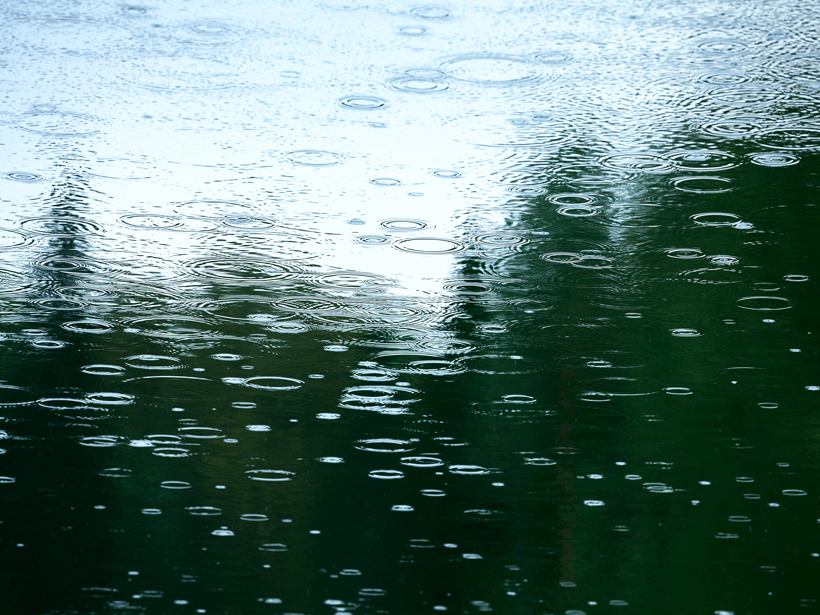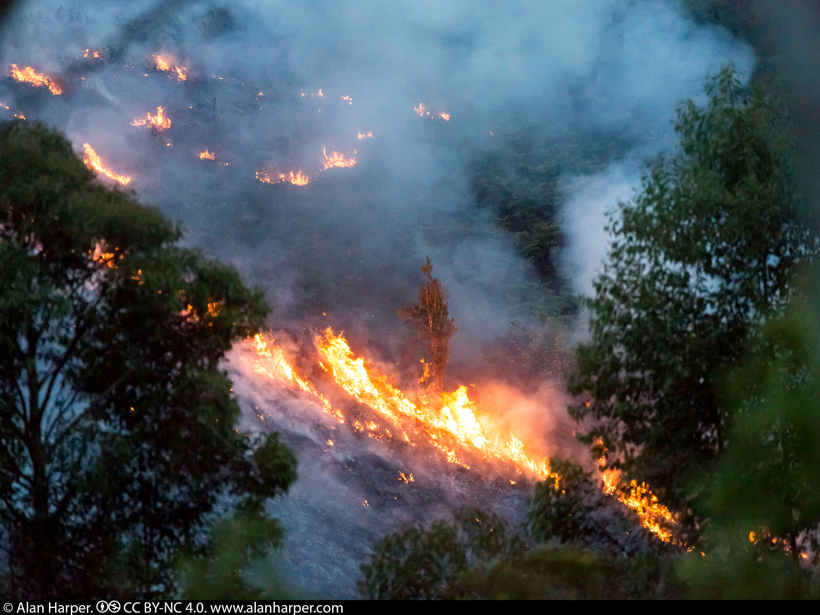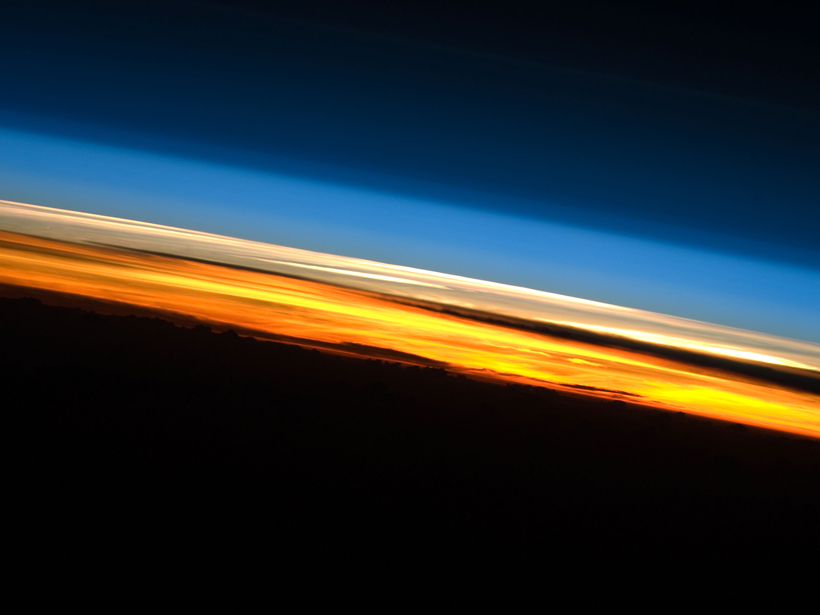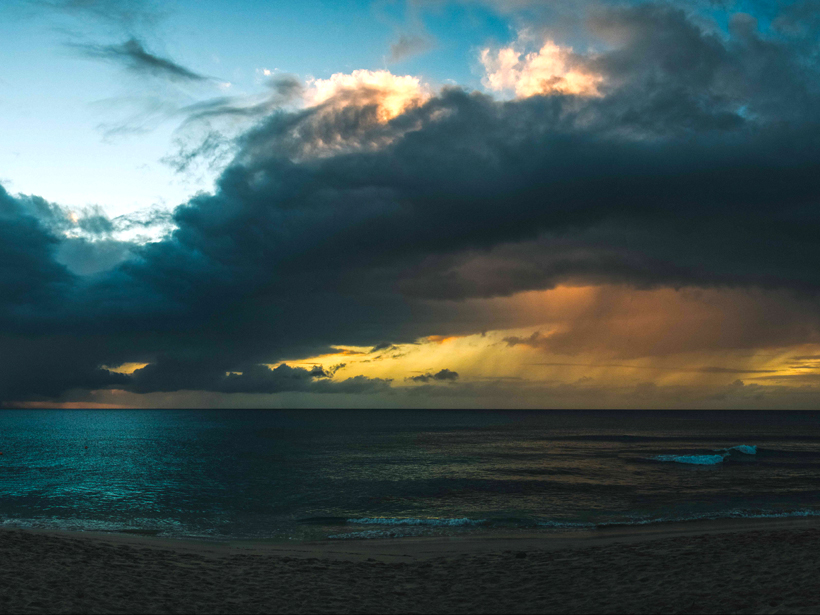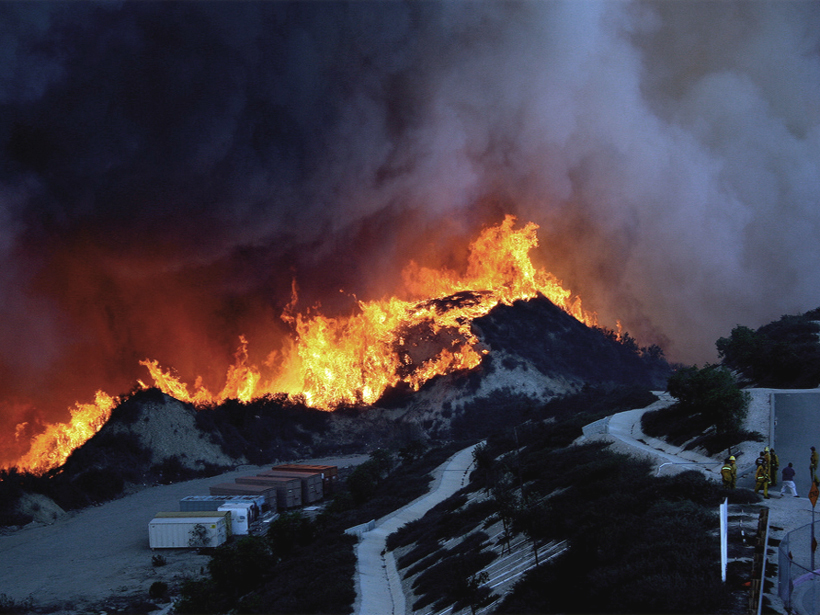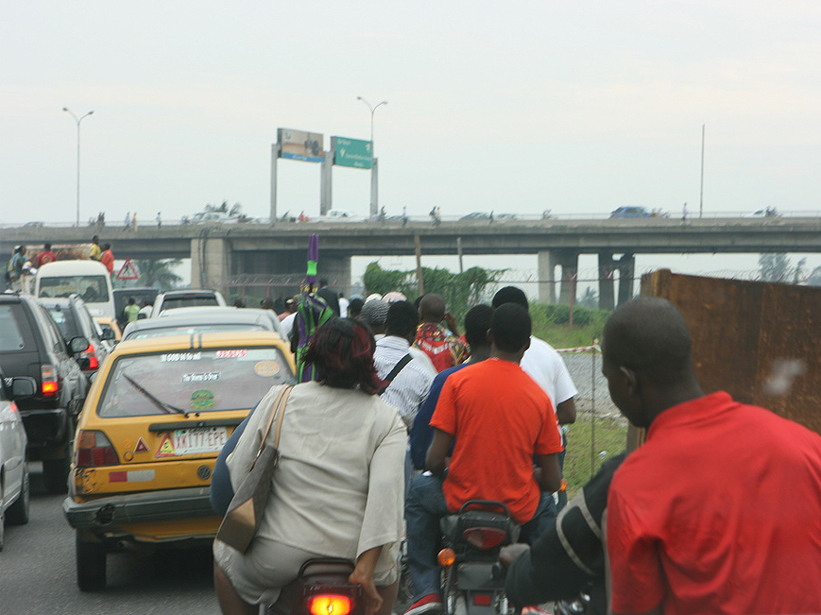Computer simulations show that although adding aerosol particles to clouds can make them more reflective, the cooling effect from clouds is largely counterbalanced by a reduction in overall cloud cover.
aerosols & particles
Mercury in Rain Increasing in Western and Central United States
Despite tightening emissions rules, mercury concentrations are rising in rainfall wetting western and central regions of the United States. The pollutant may waft in from Asia, scientists speculate.
Human-Made Fires Pollute Air with Ozone Half a World Away
Fires in Africa and Southeast Asia contributed to western Pacific pollution, a study finds. Prior understanding attributed hefty levels of the harmful agent and greenhouse gas to natural processes.
Human Activities Account for Less Than a Third of Ocean Nitrogen
Researchers found that humans contribute far less nitrogen to the open ocean than previously thought.
Aerosols May Play a Big Part in Atmospheric Absorption
A new study shows that aerosols have a strong impact on the reflectivity of the Earth's atmosphere, absorbing more solar radiation within the atmospheric layers than previously thought.
Aerosol Cutbacks May Bring Tropical Rains Farther North
Lower anthropogenic aerosol emissions in the 21st century may lead to warming that drives the Intertropical Convergence Zone northward.
To Help Fix the Hole in the Ozone Layer, Just Add Ice
Computer simulations show that adding tiny droplets of ice to the atmosphere during the spring could help eliminate chlorofluorocarbons and repair the hole in the ozone layer.
Amazon Rain Forest Nourished by African Dust
New satellite data highlight the important role African dust plays in maintaining the rain forest's long-term health.
Regional Nuclear War Could Cause a Global Famine
A detonation of less than 0.03% of the current global nuclear arsenal could cause fires that clog the air with soot. This soot could block solar radiation, leading to worldwide crop shortages.
Fortifying International Collaborations on African Air Quality
First West African Workshop on Air Quality, Measurements, and Modeling; Abuja, Nigeria, 9–12 June 2014

